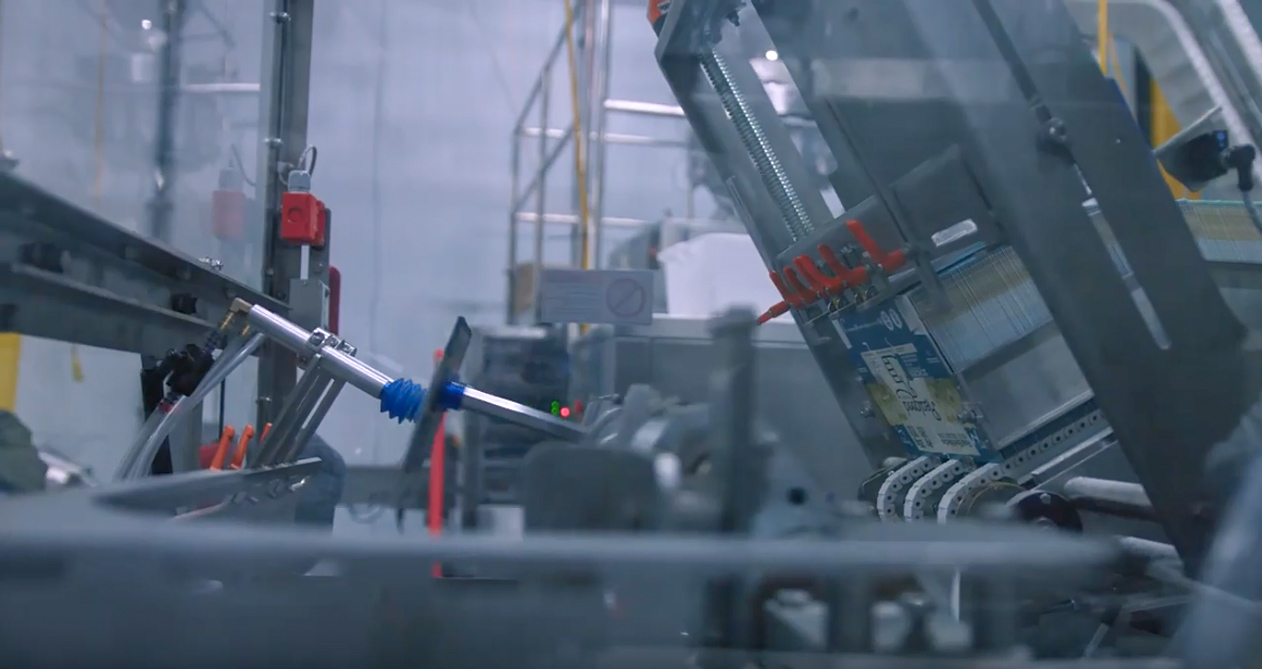Articles & Videos
2021 Year-End Financial Checklist for Small Business

Business owners are busy all year round but as the holiday season approaches, things reach a new level of hectic. As everyone looks forward to some well-deserved time off, focus may not be on those tasks that need to be done to finish off the year with a clear deck and hit the new year running.
Taking a little time to tick off a few small tasks before the end of the year will ensure the business gets off to the best start in January. Here’s our top tasks to complete before year-end…
Assess Your Financial Position
Preparing an up-to-date range of financial statements will allow a clear view of where the business is now, whether you reached the goals you set and move forward with an effective business plan for the subsequent twelve months. The three key documents you’ll need to prepare or have your accountant prepare for you are;
- Cash Flow Statement
Once completed, this will show what cash you started the year with and what you ended with. All sources of cash flow will be included; cash from operating activity such as revenue and expenses, cash from financial activity in regards to what new commitments have been made to loans and financial products, investments and shareholder dividends
- Income Statement
Also referred to as a Profit and Loss statement (P&L), the income statement is a quick view on profitability which shows revenue, expenses and profit.
- Balance Sheet
The business’ balance sheet is effectively a comparison of what the business owns against what it owes. It will include tangible and intangible assets, company buildings and intellectual property for example versus anything that needs to be paid such as your accounts payable, taxes and salaries that become payable in the coming year.

Prepare For Tax Season
No one wants to think about this in the run-up to the holidays but we know it’s coming and it’s a necessary evil for business owners. Addressing this early allows you to evaluate whether current tax strategies are working in light of your financial statements and also ensures you don’t miss out on any deductions.
This task could be simple or fairly laborious depending on how you’ve managed taxes throughout the year. If you’ve kept meticulous records and used software to keep on top of your obligations it should be fairly simple to hand over what’s required to your tax professional, either internal or external but if you’re a little less organized and have receipts everywhere, it could take a little longer to gather all the information required. Even if you make a start putting together some important documents like bank and credit card statements into one place, you’ll be way ahead of the curve.
Another way to save any headaches before tax season is to verify or reverify all employee and contractor information so that you’re ready to dispatch the correct year-end tax forms without any delay when the time comes.
Reconcile Accounts Receivable
The best way to start the new year would be with no outstanding invoices although this is not very realistic, particularly for small businesses. The past year has seen average collection periods pushed further out as many experienced cash flow problems brought on by the pandemic.
Your list of unpaid invoices is likely a little higher than you’d like but bringing in as much as possible will help ease cash flow in January. Determining your accounts receivable turnover ratio will give valuable insight into how well the business collects what it’s owed. Similar to ‘quick ratio’, this metric gives a high level view on liquidity – a higher accounts receivable turnover ratio is generally better for business as it means you don’t wait long to get paid; a lower ratio signifies that you have too much valuable working capital tied up in outstanding invoices.
A ratio on the lower side may need some work in evaluating your credit policies and collection practices to see if they can be tightened or if that’s not possible, investigate an alternative form of finance that unlocks the capital in those invoices so that you can concentrate on business planning for the year ahead.
Thorough Preparation is its Own Luck
Being on top of your finances heading into the new year will put you firmly in control of your success and you can enjoy the season without worrying about a big new year ‘to-do’ list. Hopefully your financial statements will reveal a healthy business in a positive cash flow position so that you can consider investing in growth initiatives. If completing the tasks above show that actually you need to tighten spending or look for alternative funding sources to support your cash flow position, at least you’re prepared and have the financial records ready to show to potential partners.
For assistance with anything cash flow related and discuss flexible financing for your business during 2022, don’t hesitate to reach out to our team today.
Search
News
$1M Funding Fuels Agri-Business Growth Across Borders
Sallyport is pleased to announce a new partnership with a Canadian agriculture business, providing a $1,000,000 Accounts Receivable facility to…
Read MoreFueling EdTech Growth with $5.5M in Tailored Financing
Sallyport is excited to support a forward-thinking education technology company with a $5.5M combined Asset-Based Lending facility, including Accounts Receivable…
Read MoreArticles
Where to Find Funding for Dropshipping Businesses
Dropshipping can be a very low-cost way to start an e-commerce business. You can think of it as using a…
Read MoreDestination Madagascar for Apparel Businesses?
Madagascar, the fourth largest island in the world, located off the southeastern coast of Africa, has experienced a period of…
Read MoreVideos
What is Factoring?
Here we explain what exactly factoring is and how we can help your cash flow…
View NowPopkoffs Client Testimonial
Popkoffs Client Testimonial
View Now



